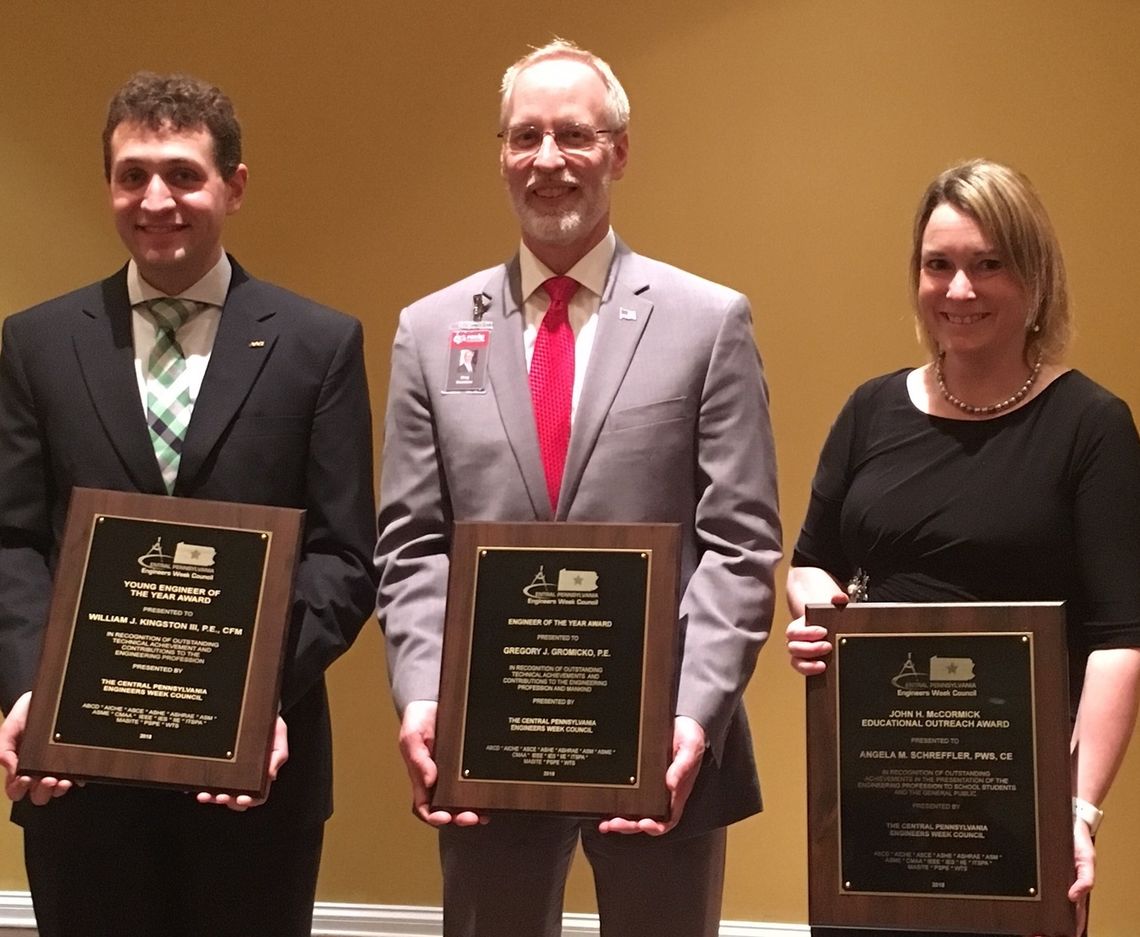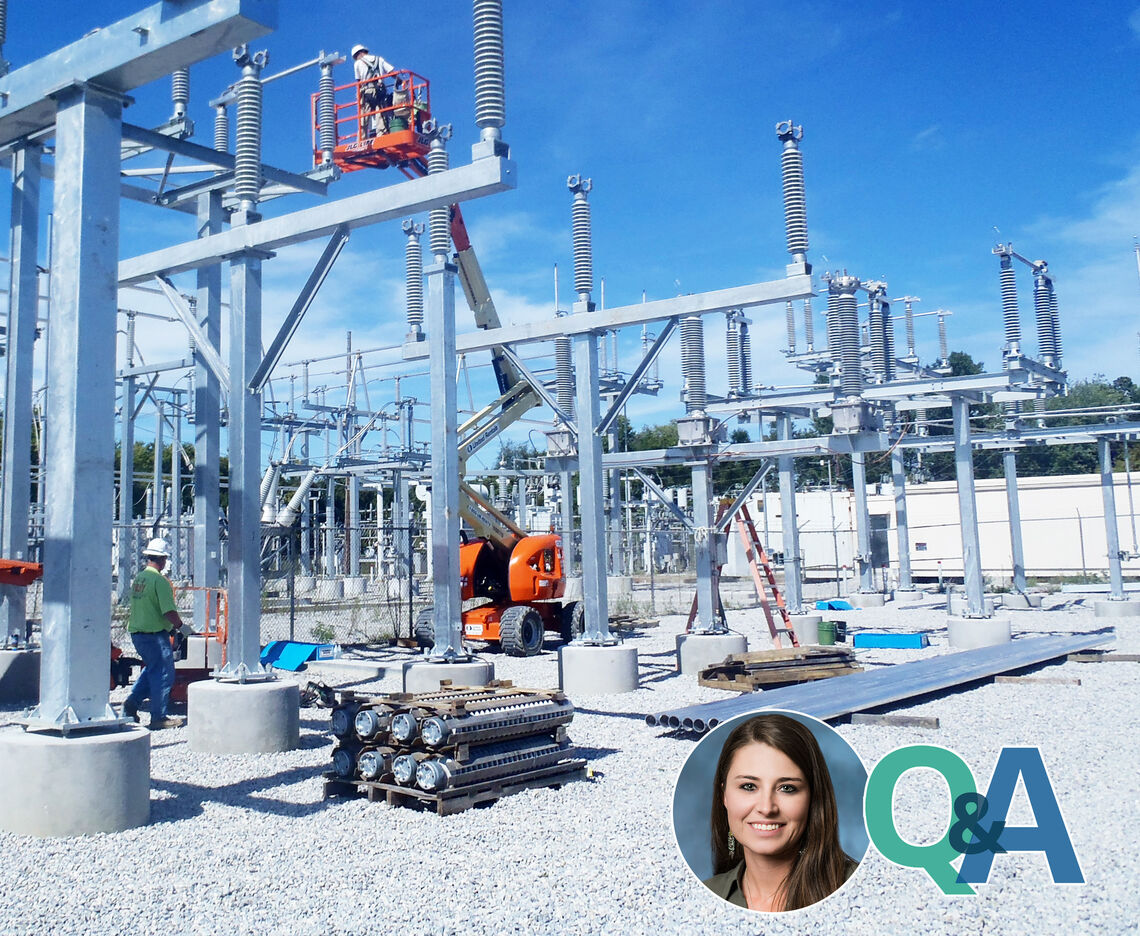
ASK A PROJECT MANAGER: KEYS ENERGY CENTER
PJM, a regional transmission organization, cited the need for new electrical capacity in the Southwest Mid-Atlantic Council (SWMAAC) region. This need was partly due to the retirement of several coal-burning generation facilities throughout the region. PSEG Keys Energy Center, a natural gas-fired, combined-cycle electric generating facility and associated liner facilities (natural gas transmission line, water, and sewer lines) in Prince George’s County, MD was constructed to provide electricity to the PJM Grid. The 755 MW Plant generates enough energy to power 500,000 homes in Prince George’s and surrounding counties in Maryland.
We sat down with Project Manager Megan Welling to learn more.
What was your role in this project?
I provided onsite support to PSEG Fossil’s Environmental Permitting and Compliance Team. My work involved assisting with the coordination and execution of local, State, and Federal permits, including but not limited to Industrial Discharge Permits, State and Federal Air Permits, Spill Prevention Control and Countermeasure (SPCC) Plans/Stormwater Pollution Prevention Plans (SWPPP), Wetlands and Waterway Permits, Tier II Chemical Inventory and Reporting Permits, and Oil Operations Permits. I also assisted with project-specific corporate environmental, health, and safety audits as well as site assessments. In addition, I attended regulatory site inspections and prepared weekly and monthly reports for internal use and as part of agency reporting requirements. I helped manage the facility’s environmental consultants and contractors, including producing scopes of work and reviewing subcontractor submittals.
What about the project highlights McCormick Taylor’s talents?
PSEG Fossil is a New Jersey-based company and this was their first electric generation facility and natural gas transmission line project in Maryland. McCormick Taylor has built strong relationships with state and local agencies over the years and we were able to assist PSEG in facilitating relationships with those agencies including Maryland Department of the Environment, Prince George’s and Charles County, USACE Baltimore District, and Maryland Department of Natural Resources, to ensure a successful project.
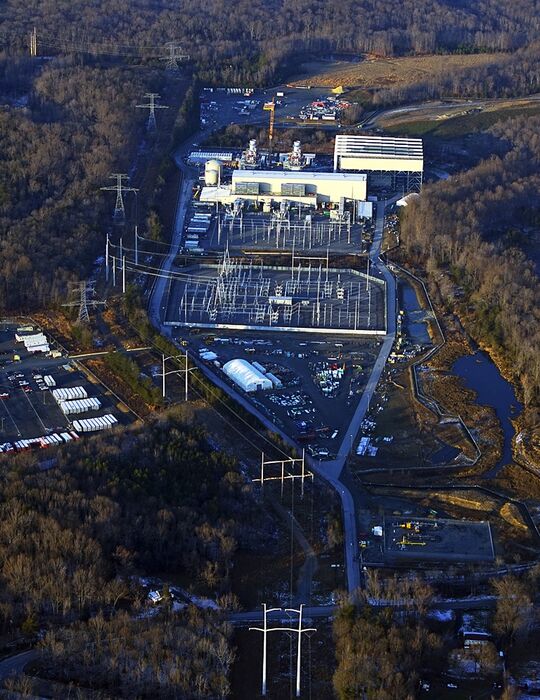
Did you come across any challenges or concerns while working on this project?
I think one of my favorite learning experiences on the project was making the transition from construction permits to operational permits. The timing of those transitions and understanding how that could potentially impact environmental compliance onsite was vital. This was especially challenging because while some aspects of the project were considered operational, others were still in the construction phase. For example, the project had a General Permit for Stormwater Associated with Construction Activities and both a General and Individual Permit for Stormwater Associated with Industrial activities all active at the same time. We worked with the agencies to determine which aspects of the project fell under which permit and then which permit conditions and reporting requirements applied.
Does the project have any unique aspects?
It was one of several natural gas-generating facilities that were planned and constructed in southern Maryland during the same time because of the proximity to an existing natural gas transmission line and the 500kV transmission line. This work had many different elements, including the generation facility, the natural gas transmission line delivering the gas to the facility, a water and sewer line for the facility, the electrical interconnection equipment (substation and transmission line), and many others.
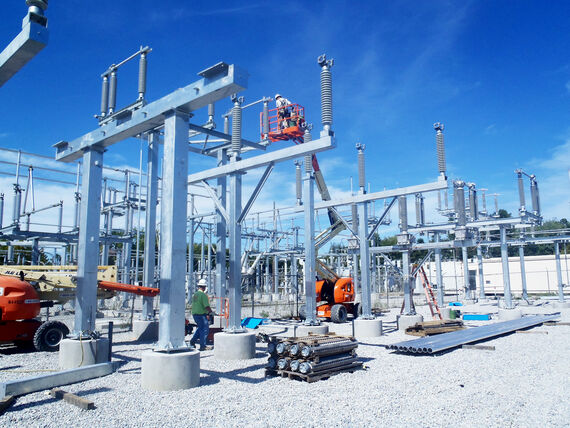
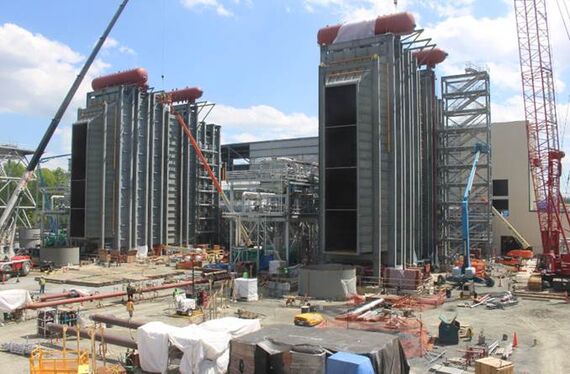
Can you touch on some of the key technical aspects of the project?
The initial phases of the project involved the construction of the natural gas transmission line. During this phase, McCormick Taylor provided oversight and environmental compliance services to ensure the pipeline was constructed per the project requirements. This required the experience our staff has from working on similar projects in the region. Also, the project had some challenges that involved ongoing work related to the construction stormwater discharge and elevated pH levels associated with the existing soil/geologic conditions. McCormick Taylor conducted water quality monitoring and inspections as well as provided recommendations to PSEG.
What’s your favorite part of the project?
This was the company’s first time supporting a new natural gas generation project and my first time providing full-time onsite support, so the McCormick Taylor team and myself were constantly learning and working through challenges alongside the permitting team which was an extremely valuable experience. It truly felt like a family at PSEG Keys and I still maintain close friendships with the team!
What has the feedback been like from the community?
The feedback from the community has been positive. PSEG Keys Energy Center has had an active role in the community since the project’s conception. The Project donated $3 million towards the construction of the new Southern Area Aquatic and Recreation Complex (SAARC) in Brandywine, MD. The project also provided funding for improvements to Brandywine Elementary School and to local football teams needing new helmets and goalposts.
PSEG Keys Energy Center also partnered with Prince George’s County Public Schools to create The PSEG Keys Energy Center Program. The Program is a free, innovative educational and training experience for recent graduates of the county’s school system to prepare for careers in the power production industry. Students receive a paid internship for the program and the possibility for employment at Keys Energy Center or other PSEG facilities upon successful completion of both phases of the program. During the first training session, I was able to speak to the students about the environmental field and my role at PSEG Keys Energy Center.
Are there any social, economic, or sustainable development aspects of the project?
The project generated almost 700 jobs during the 4-year construction period and is anticipated to bring an estimated $640 million of tax revenue to the region over the life of the Plant. Keys Energy Center accommodates the retirement of coal-burning generation facilities, which benefits the environment and health of the region.


